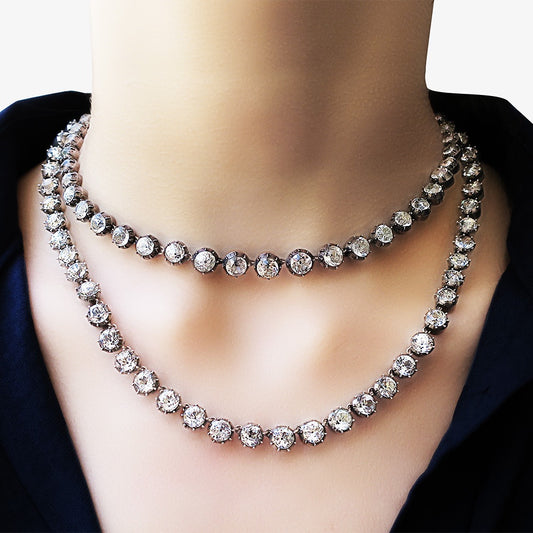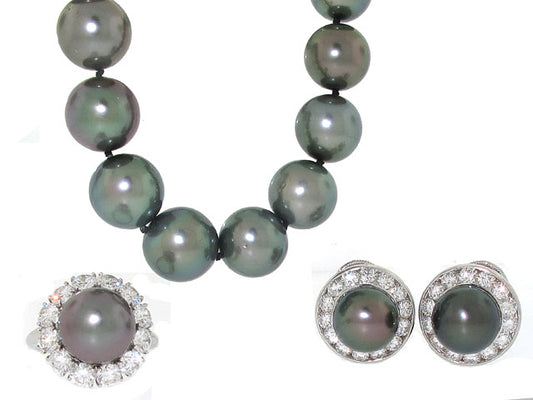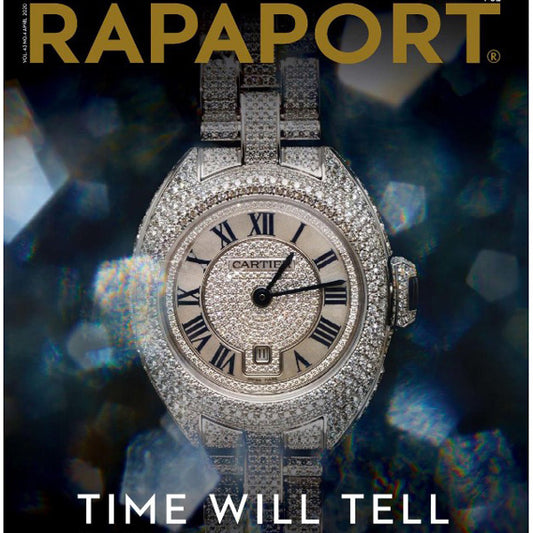One of the most fabulous things about finding a piece of antique or vintage jewelry is knowing that there is a sense of history to the piece. A vintage diamond ring from the 1940’s could have been a promise ring from a soldier to his love during World War II. A Modernist brooch could have bedazzled a swinging sixties dress at a star-studded cocktail party. Antique Victorian mourning jewelry was a treasured remembrance of a lost loved one.
Usually, the unique provenance of a piece has been lost to time. However, when the provenance can be ascertained, it can provide a new facet to the value of an item – whether that value is monetary, historical or purely sentimental. Knowing the back-story of an item of jewelry can give it greater depth and importance, especially for collectors.
Exceptional Art Deco Writing Journal and Pencil by Cartier, circa 1933
The Art Deco period was one of the major jewelry design eras of the 20th Century. Though it lasted roughly between the years 1920 – 1935, the time period heralded major changes in both the jewelry industry and the world at large. In particular, the era saw an incredible output from high end jewelry brands such as Cartier and Van Cleef & Arpels.
Art Deco Cartier Clock
Art Deco jewelry and objets de vertus by Cartier are still considered by many to be some of the finest and most collectible items. The company was prolific in its creation of impeccable pieces that truly capture the essence of the era. Monochromatic designs reigned, while bright precious gems might add bursts of irrepressible color. The East Asian influence made its presence known in the Chinoiserie and Japonisme, while a renewed interest in archaeology inspired “Egyptian Style” pieces. This was also the age of Van Cleef & Arpel’s “Miniaudiere” – a clutch or compact made of precious metals and jewels – and Cartier also produced a number of fine powder boxes, cigarette cases, compacts and lighters at the time.
Art Deco Chinoiserie Compact
Because these signed Cartier pieces are such fine examples of the period, it is thrilling to discover one which also has a fabulous and fascinating provenance. Below is one exceptional piece:
Exceptional Art Deco Enamel and Diamond Powder Box by Cartier, Circa 1930
The classic rectangular box was originally crafted as a ladies powder box – meant to hold either loose or compacted face powder. The inky black of the enamel paired with geometric, diamond set shapes is typical of the Art Deco aesthetic and this design has been masterfully executed. In the interior of the box, the mirror which would have been original to the piece has been replaced with a yellow gold insert engraved with the name “Mrs. Paul E. Gardner.”
The Interior of the Box Engraved with the Name Mrs. Paul E. Gardner
Mrs. Paul E. Gardner was born Hope Norman on July 19, 1894. Her father was a businessman who would later be elected to the Rhode Island senate. He is also the first senator of Rhode Island to resign his seat; he left politics in World War I to rejoin the Navy as Lieutenant Guy Norman and tragically died after an operation in 1918.
A Close-Up of the Engraving
Hope Norman grew up in luxury and married well at the age of twenty. Her first husband, Elliot Cowdin Bacon, a partner at J.P. Morgan, was the son of the famous Robert Bacon who had served as both Ambassador to France and as Assistant Secretary of State and, later, Secretary of State under President Theodore Roosevelt (though he was only elevated to the position for the final 38 days of Roosevelt’s presidency). The couple had four children: three sons, and a daughter. Through her husband, Hope was related to the wealthy Whitney family, as George Whitney Jr. had married Elliot’s sister Martha. Hope and her mother-in-law, Martha Waldron Cowdin Bacon, were both members of the exclusive Jekyll Island Club – a limited membership resort island off the coast of Georgia where, in 1910, the original draft of legislation to create the Federal Reserve was written in a secret meeting between bankers and politicians.
After Bacon died in 1924, Hope went on to marry Paul Edgerton Gardner, a stockbroker from Chicago. The pair lived in Nassau County, New York and were together until Gardner’s death in 1938. Hope Bacon Gardner died on April 8, 1978. Throughout her lifetime, she associated with important members of society, politics and major economic movers and shakers. Her box is a fascinating insight into the splendid era in which she lived and her ritzy life there.
What was simply a beautiful example of Cartier’s superlative Art Deco craftsmanship is elevated through its provenance. It stands as more than simply a piece of jewelry, or a work of art. It is a brilliant artifact from a glittering era.














